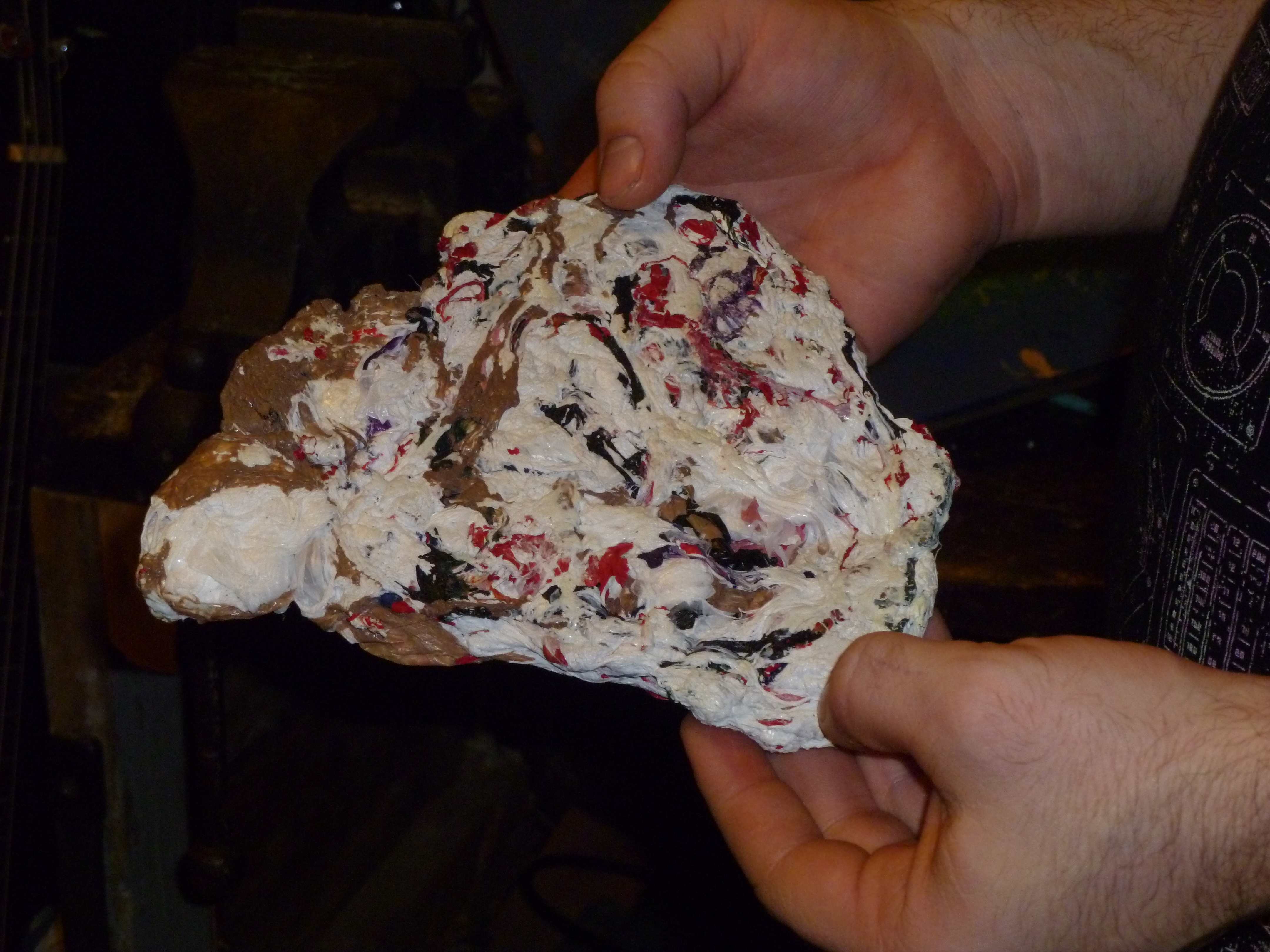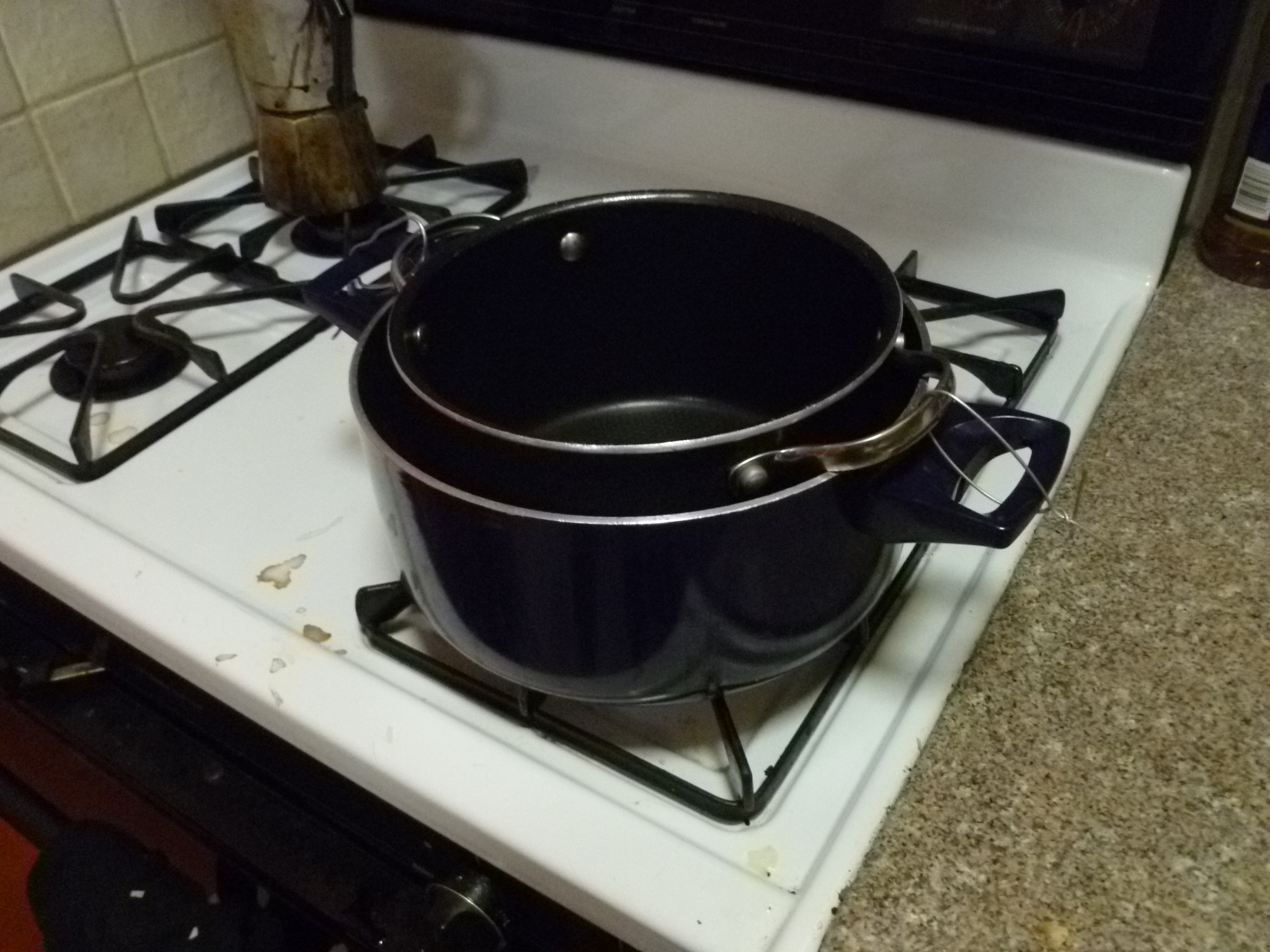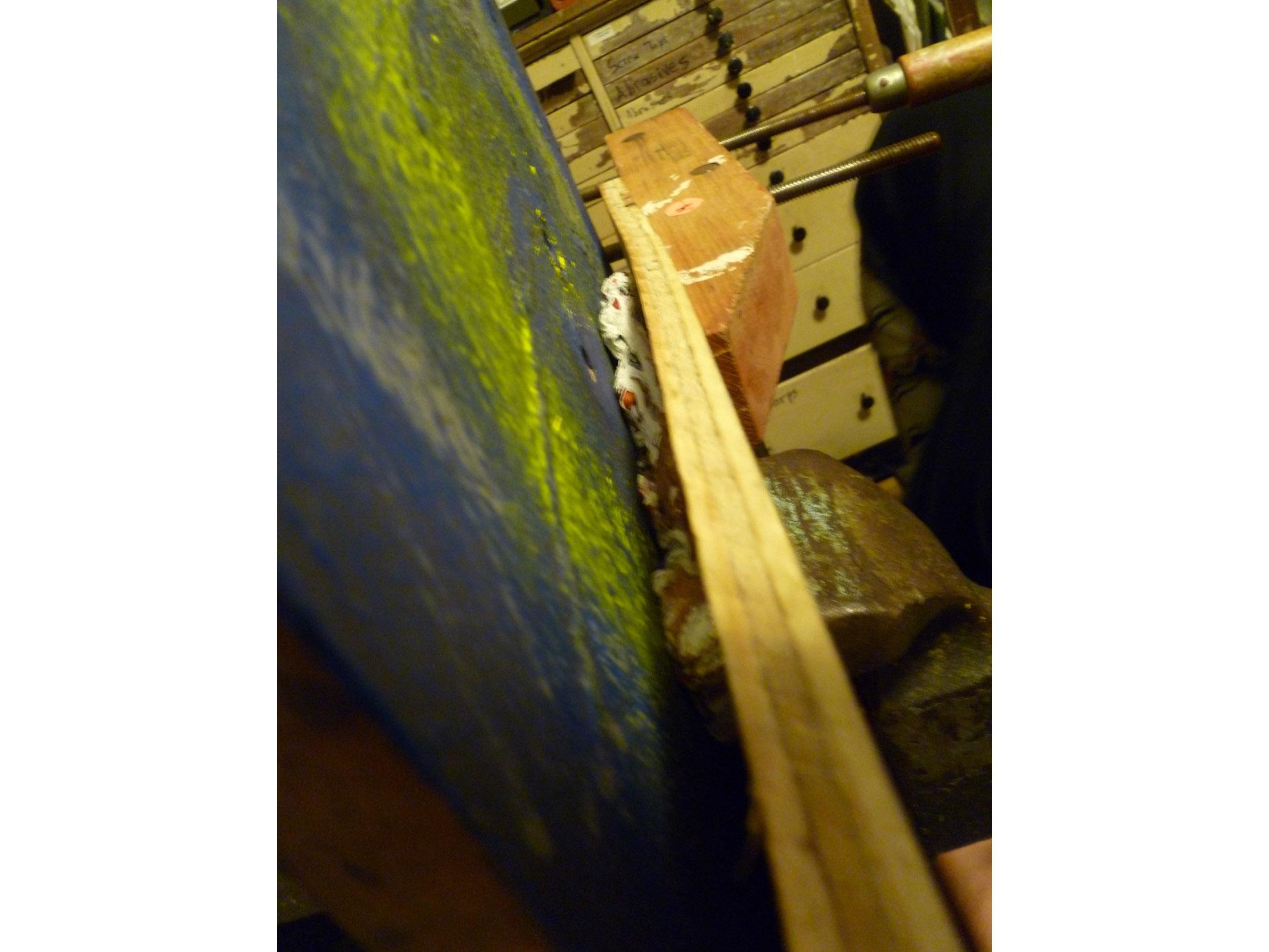Using a double-boiler method, HDPE bags are forged into workable sheets of solid plastic. This improves on a previous iteration by not using vegetable oil impregnated into the material.
Projects from Make: Magazine
Low-Fume Plastic Bag Forging
Forge HDPE bags into workable sheets of solid plastic using a double-boiler.















